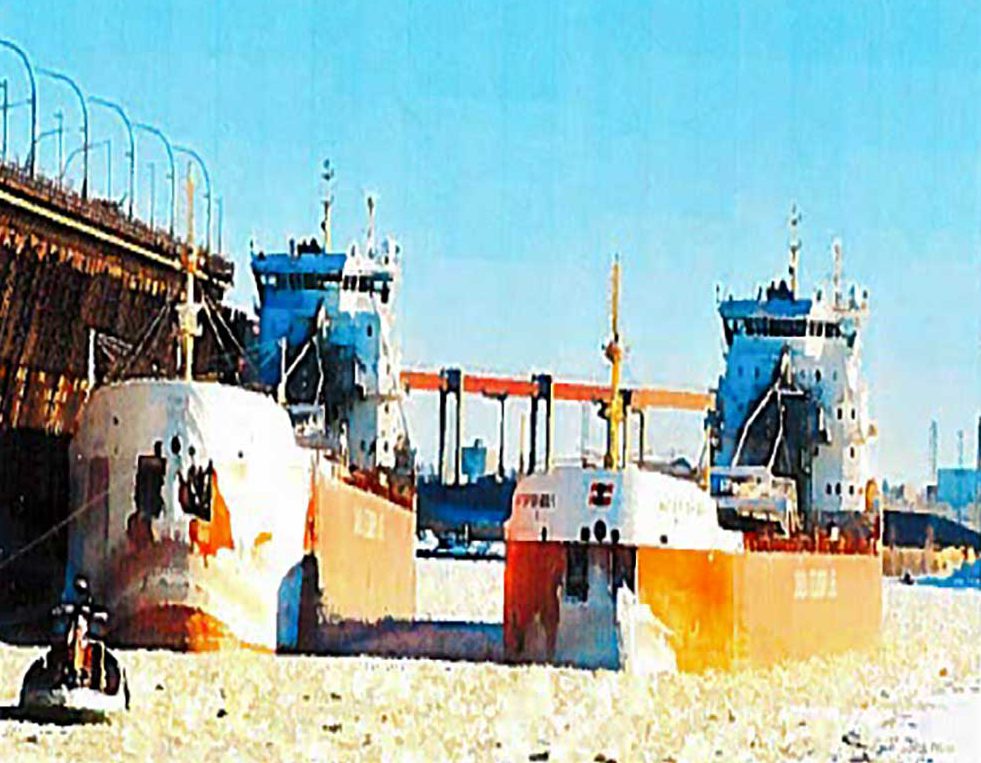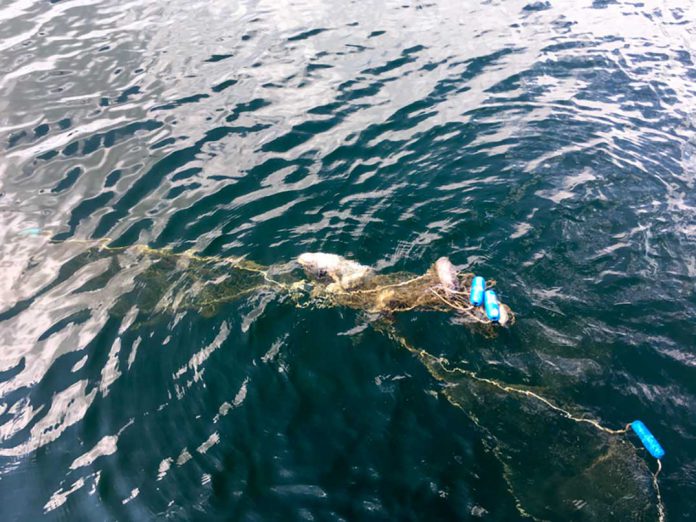with Buck Longhurst
GORE BAY—On October 1, 2010, the then Minister of Finance, the Honourable Jim Flaherty along with the Honourable Stockwell Day, then President of the Treasury Board announced that the 25 percent import tariff on foreign built ships longer than 129 metres would be eliminated.
That announcement effectively put the final nail in the coffin for Canadian great lakes shipbuilders. Today there are no operating shipyards remaining on the Canadian side of the great lakes and even the Ontario government owned ferry Chi-Cheemaun is compelled to use one of the few American dry docks for its five year inspections.
For vessel owners that announcement created an opportunity to replace older units with new state of the art vessels at greatly reduced building costs. Since the tariff has been eliminated no less than 24 new vessels have been enrolled under the Canadian flag, with at least 10 more on order.
The Algoma Central Corporation alone has accounted for six of the new buildings including the gearless bulkers Algoma Equinox, Algoma Harvester, Algoma Strongfield, and G3 Marius the self unloaders Algoma Mariner and Radcliffe R. Latimer. The self-unloaders Algoma Innovator and Algoma Niagara are expected to enter service before the end of the 2017 shipping season with Algoma Sault, Algoma Conveyor and two others as yet unnamed to follow in 2018. These new buildings will unfortunately spell the end of the line for long time and well known fleet units Algorail, Algoway and Algolake.

Algoma has also entered into two partnership arrangements with Swiss based Nova Corporation. The first is a 50/50 deal to be known as Nova Algoma Cement Carriers, will operate nine bulk cement carriers, two of which NACC Toronto and NACC Quebec will be under the Canadian flag and run from Gaspe/Quebec into the St. Lawrence or along the eastern starboard. The second partnership, again with Nova Corp., will be known as Nova Algoma Bulk Carriers and once fully implemented will have up to 70 short sea bulk vessels of 12,000 to 15,000 ton capacity in operation world-wide.
Canada Steamship Lines has added six new maximum seaway sized “Trillium Class” vessels to its lake fleet, two gearless bulkers CSL St. Laurent and CSL Welland and four self unloaders Baie Comeau, Baie St. Paul, Thunger Bay and Whitefish Bay. CSL has also bought a 27,198 gross ton geared bulk carrier that had been built in China in 2002 and renamed her Ferbec (the second CSL vessel to carry that name). The 180 metre vessel will operate primarily in the ore trade running between Havre St. Pierre and Sorel.
The Quebec City based Groupe Desgagnes have also entered into a fleet renewal program which includes the 15,000 ton Croatian built passenger/package freight vessel Bella Desgagnes, the geared bulk carriers Claude A. Desgagnes, Acadia Desgagnes and Argentia Desgagnes, Sedna Desgagnes and Taiga Desgagnes. These vessels will operate carrying supplies to remote villages in the Canadian Arctic each summer and tramp world wide the remainder of the year. Their tanker division, Petronav has added the two 42,810 ton capacity Espada Desgagnes and Laurentia Desgagnes which are engaged in transferring crude oil from Montreal to St. Romauld, Quebec. They also have on order four Turkish built 15,000 ton chemical tankers. MIA Desgagnes and Damia Desgagnes (the first natural gas powered vessels under the Canadian flag) have been delivered, Paul A. Desgagnes was launched on July 30, 2017 and will join the fleet this fall while the fourth vessel is expected early in the new year.
The long time Hamilton, Ontario based tug and barge operator McKeil Marine Ltd. has recently branched out into the bulk carrier field with the purchase of the 13,988 ton Florence Spirit and the 14,650 ton Evans Spirit in 2016. In 2017 they acquired the 14,650 ton Ardita from Royal Niestern Sander, Dekfzjl, The Netherlands and will convert her to a bulk cement carrier. She is expected to replace the aging Stephen B. Roman and barge Metis in 2018.




